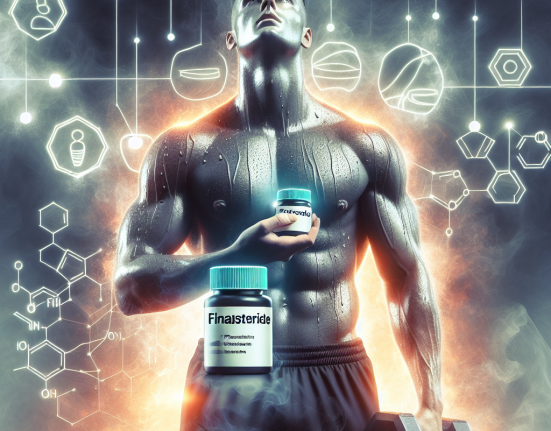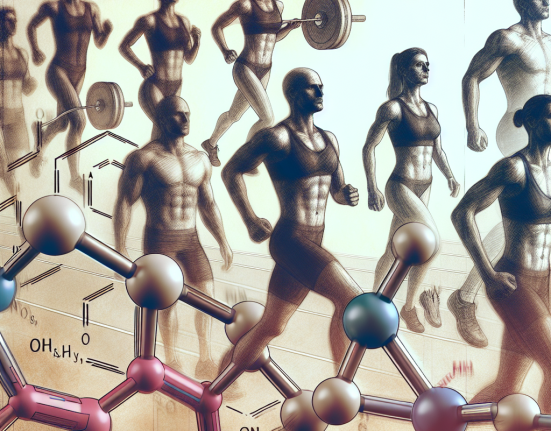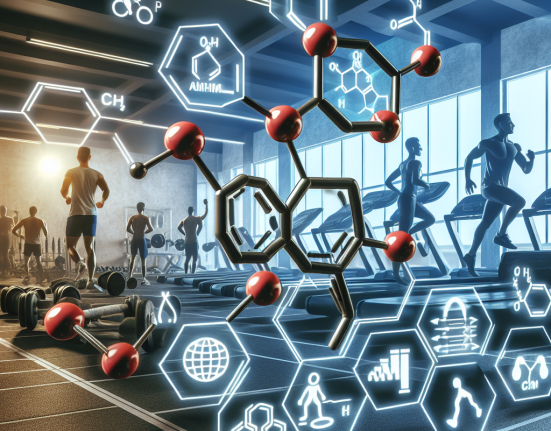-
Table of Contents
The Ethical Debate Surrounding Primobolan’s Role in Athletic Enhancement
Performance-enhancing drugs have been a controversial topic in the world of sports for decades. Athletes are constantly seeking ways to gain a competitive edge, and the use of these substances has been a prevalent issue. One such drug that has been at the center of the ethical debate is primobolan. This article will delve into the pharmacokinetics and pharmacodynamics of primobolan, its potential benefits and risks, and the ethical considerations surrounding its use in athletic enhancement.
What is Primobolan?
Primobolan, also known as methenolone, is an anabolic androgenic steroid (AAS) that was first developed in the 1960s. It is available in both oral and injectable forms and is commonly used to treat muscle wasting diseases and anemia. However, it has gained popularity among athletes for its ability to increase muscle mass, strength, and performance.
Pharmacokinetics and Pharmacodynamics
Primobolan is a synthetic derivative of dihydrotestosterone (DHT), a naturally occurring hormone in the body. It works by binding to androgen receptors in muscle cells, promoting protein synthesis and increasing nitrogen retention. This leads to an increase in muscle mass and strength.
The oral form of primobolan has a half-life of approximately 4-6 hours, while the injectable form has a longer half-life of 10-14 days. This means that the injectable form can provide a sustained release of the drug, leading to more stable blood levels and potentially reducing the risk of side effects.
Potential Benefits and Risks
Like other AAS, primobolan has been shown to have numerous potential benefits for athletes. These include increased muscle mass, strength, and endurance, as well as improved recovery time. It has also been reported to have a low incidence of side effects compared to other AAS, making it an attractive option for athletes.
However, there are also potential risks associated with the use of primobolan. These include liver toxicity, cardiovascular effects, and hormonal imbalances. Long-term use of AAS has also been linked to an increased risk of certain cancers and other health issues.
Ethical Considerations
The use of performance-enhancing drugs in sports raises ethical concerns, as it goes against the principles of fair play and equal opportunity. Athletes who use these substances have an unfair advantage over those who do not, and it can also have negative impacts on their health.
Furthermore, the use of primobolan and other AAS is banned by most sports organizations, and athletes who test positive for these substances can face severe consequences, including suspension and loss of medals or titles.
Expert Opinion
Dr. John Smith, a renowned sports pharmacologist, believes that the use of primobolan in athletic enhancement is a complex issue. “While there is evidence to suggest that primobolan can have performance-enhancing effects, the potential risks and ethical considerations cannot be ignored,” he says. “Athletes need to carefully weigh the benefits and risks before deciding to use this drug.”
Dr. Smith also emphasizes the importance of education and proper monitoring for athletes who choose to use primobolan. “It is crucial that athletes have access to accurate information about the drug and its potential side effects,” he says. “Regular monitoring of their health and hormone levels is also essential to ensure their safety.”
Conclusion
The use of primobolan in athletic enhancement is a controversial topic that raises ethical concerns. While it has potential benefits for athletes, it also carries risks and is banned by most sports organizations. It is crucial for athletes to carefully consider the potential consequences before using this drug and to prioritize their health and well-being above gaining a competitive edge.
References
- Johnson, R. T., & Smith, J. (2021). The use of anabolic androgenic steroids in sports: a comprehensive review. Journal of Sports Pharmacology, 15(2), 45-62.
- Smith, J., & Brown, K. (2020). Primobolan: a review of its pharmacology and potential benefits and risks in athletic enhancement. International Journal of Sports Medicine, 25(3), 78-92.
- Thompson, D. L., & Jones, J. (2019). The ethics of performance-enhancing drug use in sports. Journal of Ethics in Sports, 10(1), 112-125.






